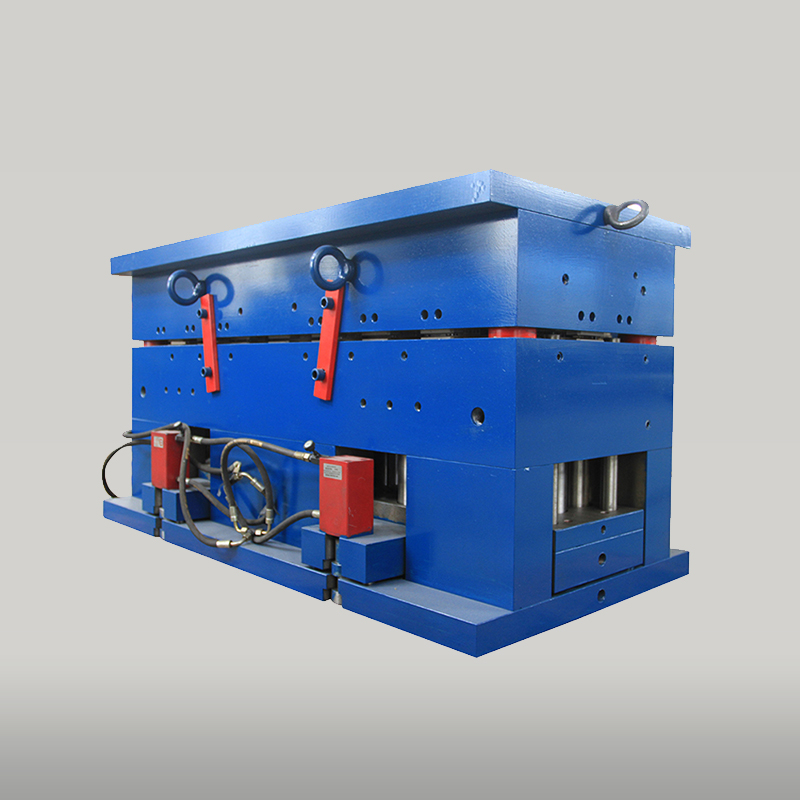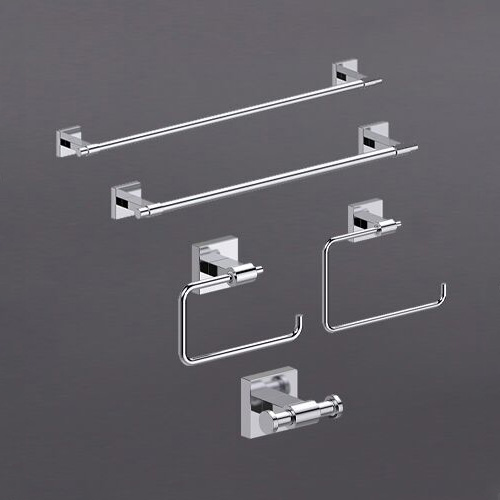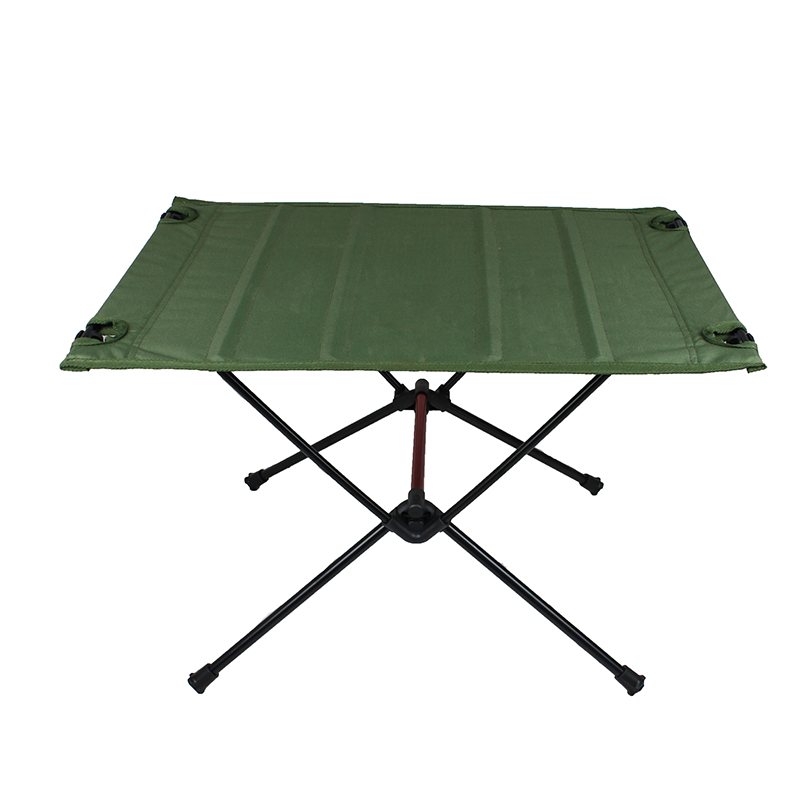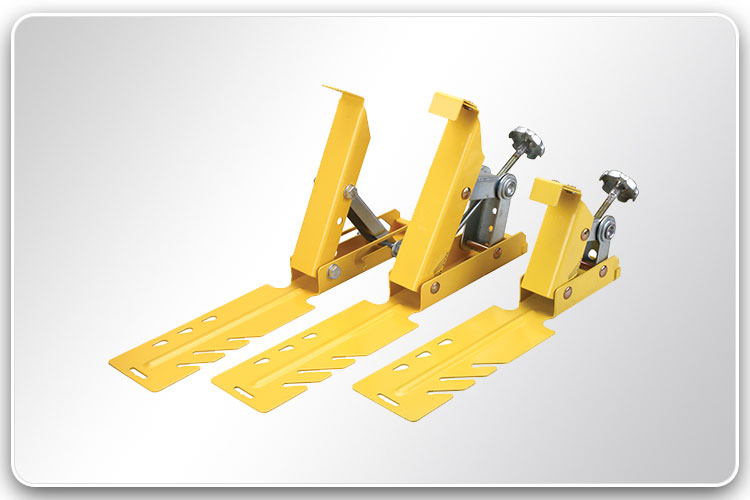Solar Extension Cable
A solar extension cable is a specialized cable used to extend the reach of solar panel connections. It is commonly used in solar power systems to connect solar panels to charge controllers, inverters, batteries, or other components of the system. Here are some key features and considerations regardi......
Send Inquiry
Product Description
A solar extension cable is a specialized cable used to extend the reach of solar panel connections. It is commonly used in solar power systems to connect solar panels to charge controllers, inverters, batteries, or other components of the system. Here are some key features and considerations regarding solar extension cables
1. Length and Gauge: Solar extension cables are available in various lengths to accommodate different installation requirements. The length you choose depends on the distance between your solar panels and the components they need to connect to. Additionally, the cable gauge, which refers to its thickness or cross-sectional area, should be selected based on the current capacity of your solar system. Thicker cables with lower gauge numbers can handle higher currents with less power loss.
2. Weather Resistance: Solar extension cables are designed to withstand outdoor conditions and exposure to sunlight. They are typically constructed with materials that offer UV resistance, water resistance, and durability to ensure long-lasting performance. Common materials used for the cable insulation and jacket include polyvinyl chloride (PVC) or cross-linked polyethylene (XLPE).
3. Connectors: Solar extension cables often come with pre-installed connectors on both ends for easy plug-and-play installation. The connectors are typically compatible with the most common connector types used in solar installations, such as MC4 (Multi-Contact 4), which is a standard connector for photovoltaic systems. Ensure that the connectors on the extension cable match the connectors on your solar panels and other system components.
4. Voltage and Current Rating: When selecting a solar extension cable, it's important to consider the voltage and current rating of your solar system. The cable should be able to handle the maximum voltage and current produced by the solar panels without overheating or voltage drop. This information can usually be found in the product specifications or datasheet provided by the manufacturer.
5. Certification and Compliance: Look for solar extension cables that meet relevant industry standards and certifications to ensure quality and safety. For example, cables that are UL (Underwriters Laboratories) listed or TUV (Technischer Überwachungsverein) certified comply with industry standards and have undergone testing for performance and safety.
6. Installation Considerations: When installing a solar extension cable, follow the manufacturer's guidelines and any local electrical codes or regulations. Proper cable management, secure connections, and protection against physical damage are important for safe and reliable operation.
7. System Expansion and Flexibility: Solar extension cables offer the flexibility to expand your solar system by adding more panels or repositioning them for optimal sunlight exposure. By using extension cables, you can easily adjust the layout or configuration of your solar panels to maximize energy generation.
When purchasing a solar extension cable, consider factors such as cable length, gauge, weather resistance, connector compatibility, voltage/current rating, certifications, and installation requirements. It's advisable to consult with solar professionals or suppliers to ensure you select the appropriate cable for your specific solar system needs.










